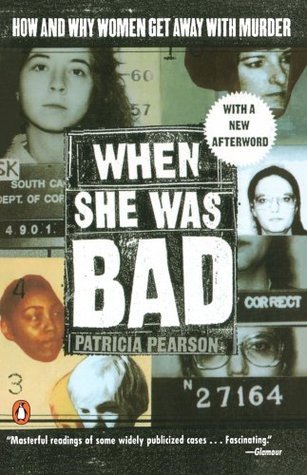What do you think?
Rate this book


288 pages, Paperback
First published January 1, 1997
... Women do not kill in the same way or anywhere remotely near the numbers men do.
Women were not to be held as men's equals in villany, they were to be shown as men's victims.
The traditionally higher involvement of African-American women in criminal enterprise would be balanced as white women joined them.